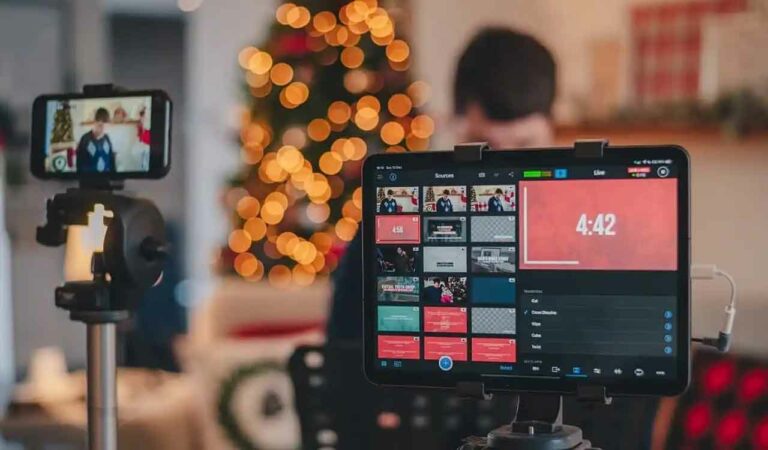
How live streaming works?
Streaming is the method used to transmit data when watching video over the Internet. It involves delivering a video file gradually, usually from a remote storage location. Instead of downloading the entire video before playback, streaming transmits small portions of the file at a time, allowing users to start watching almost immediately.
Live streaming, on the other hand, is when video is broadcast over the Internet in real-time, without prior recording or storage. This technology enables live transmission of events such as TV broadcasts, video game sessions, and social media videos, fostering real-time interaction between broadcasters and viewers worldwide
Know the process
1. Capture: The process begins with capturing audio and video content using cameras, microphones, or other input devices. This content could be anything from a live concert to a tutorial session or a gaming session.
2. Encoding: The captured audio and video signals are then encoded into a digital format suitable for transmission over the Internet. This typically involves compressing the data using codecs (compression-decompression algorithms) to reduce file size and optimise for streaming.
3. Transmission: The encoded audio-video stream is transmitted over the internet to a streaming server. This server may be hosted on a cloud platform or a dedicated server infrastructure designed to handle live streaming traffic.
4. Distribution: Once the stream reaches the server, it is distributed to viewers who access the live stream through their devices (computers, smartphones, tablets). Viewers use streaming applications or platforms (such as YouTube Live, Twitch, Facebook Live, etc.) to connect to the server and receive the live stream.
5. Playback: Viewers can watch the live stream in real-time as it is being broadcast. The streaming client on their device decodes the received audio-video data and displays it on their screen, allowing them to interact with the content live.
Key technologies
Codecs: Software or hardware algorithms that encode and decode audio-video data efficiently.
Streaming Protocols: Protocols like RTMP (Real-Time Messaging Protocol), HLS (HTTP Live Streaming), and MPEG-DASH (Dynamic Adaptive Streaming over HTTP) facilitate the delivery of streaming content.
Content Delivery Networks (CDNs): Networks of servers distributed geographically to ensure efficient delivery of live streams to viewers worldwide.
Streaming platforms: Services that provide infrastructure and tools for content creators to stream live video, manage audiences, and interact with viewers.





Leave a Reply